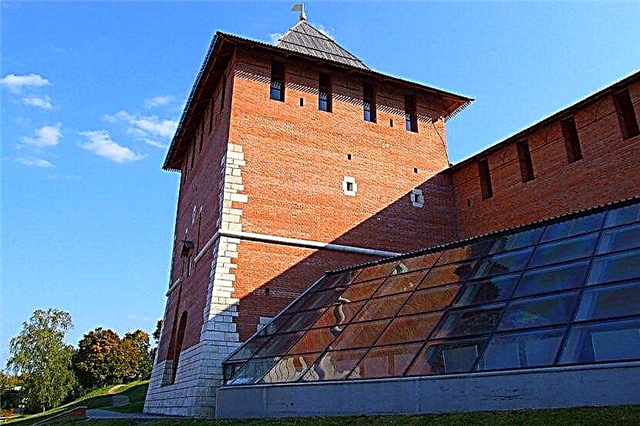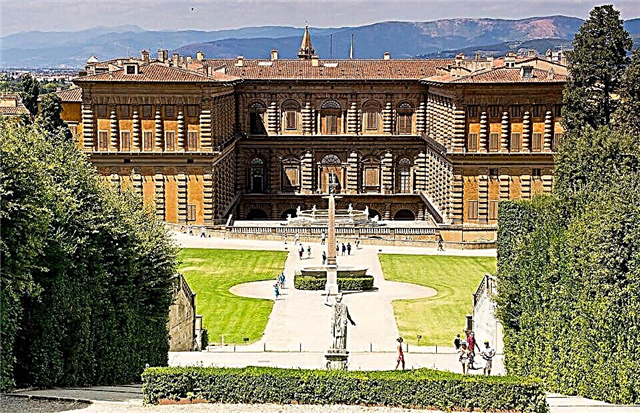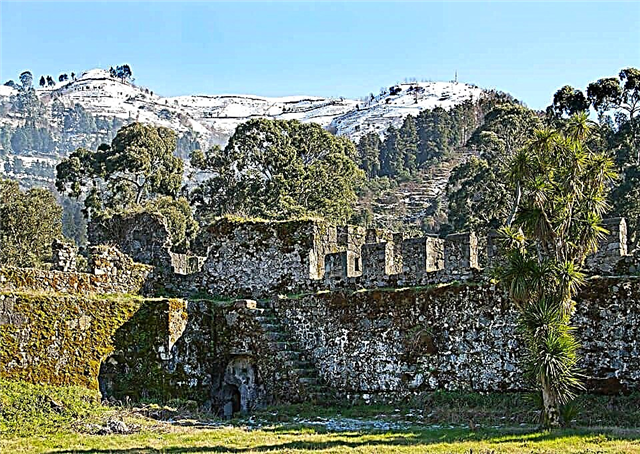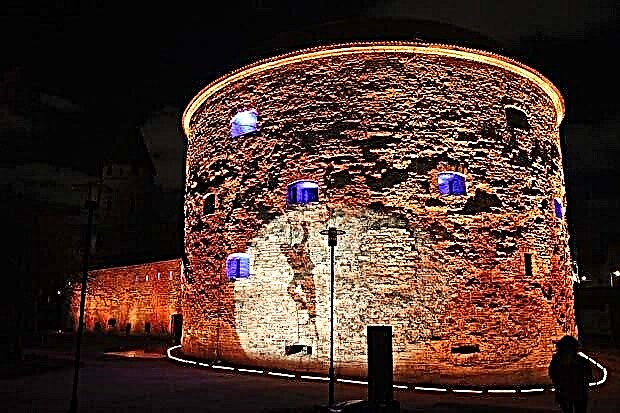Address: Nizhny Novgorod Kremlin, between the White and Borisoglebskaya towers
Start of construction: 1500 year
Completion of construction: 1514 year
Restored: year 2012
Coordinates: 56 ° 19'50.9 "N 44 ° 00'12.8" E
Content:
Brief history and description
The Conception Tower was located between the Belaya and Borisoglebskaya towers, at the lowest section of the Kremlin hill facing the banks of the Volga.
The Tower of Conception was built in 1500-1514, simultaneously with the construction of the existing walls of the Nizhny Novgorod Kremlin... The name of the building was given by the nearby nunnery, named Zachatievsky in honor of the conception of the Holy Martyr Anna. This monastery was founded under the Kremlin hill, on the banks of the Volga, by order of the wife of Prince Andrei Konstantinovich.

The Conception Tower before restoration
The monastery still exists (revived in 2004) under the name of the Holy Cross. In the archives of the 17th century, the Zachatskaya Tower is referred to as the White "quadrangular", which indicates that the building, along with brickwork, had white-stone parts.
The tower also has a third name "Zhivonosnovskaya", derived from the name of the Life-Giving Spring, the water of which, according to legend, healed eye diseases. The Conception Tower was a square two-tier structure topped with a plank roof. The height of the fortification did not exceed the fortress walls. Due to the fact that the foothill area was often subject to landslides and because the Volga belonged to

The Conception Tower after restoration
Russians, the Kremlin architects did not attach an important defensive value to the local fortifications. The Conception Tower was used as a passage (exit) from the Kremlin - through the tower gates one could quickly go to the Volga. In connection with the emergency state of the tower, already in 1622 the gates were not used and were “made up of a standing tynom”.
Around 1750, the tower was moved by a landslide to the Volga and collapsed... Soon the Kremlin lost its importance as a military fortress, and then the Governor of Nizhny Novgorod I.M. Rebinder converted the towers into utility rooms, ammunition and food depots, archives, etc.

View of the tower and pavilion above the ruins
The remains of the Conception Tower were dismantled, and in its place a "Descent to the Life-Giving Spring" was arranged in the form of a small gate with two guard rooms on the sides. In the 1830s, the "Descent to the Life-Giving Spring", displaced by a landslide, fell asleep. In 1961, restorers discovered pieces of the ancient Conception Tower that broke away from the main massif. Nizhny Novgorod architect Svyatoslav Agafonov, analyzing the found details and engravings of the 16th century, recreated the historical appearance of the tower in the drawings. In 2011, the authorities of Nizhny Novgorod, using Agafonov's projects, began to restore the ancient structure. The regional government allocated 150 million rubles for the reconstruction of the Conception Tower and the adjacent Kremlin walls.

Tower view from the west
According to the State Television and Radio Broadcasting Company "Nizhny Novgorod" dated 27.04.2012, the Conception Tower will be restored by November 4, 2012, by the 400th anniversary of the Nizhny Novgorod militia. It was then that the Nizhny Novgorod Kremlin will acquire the appearance of a completed structure, appearing before the townspeople and tourists in the form in which the ingenious architect conceived it.











